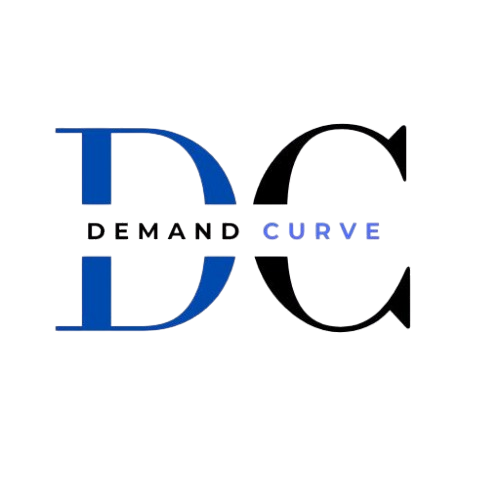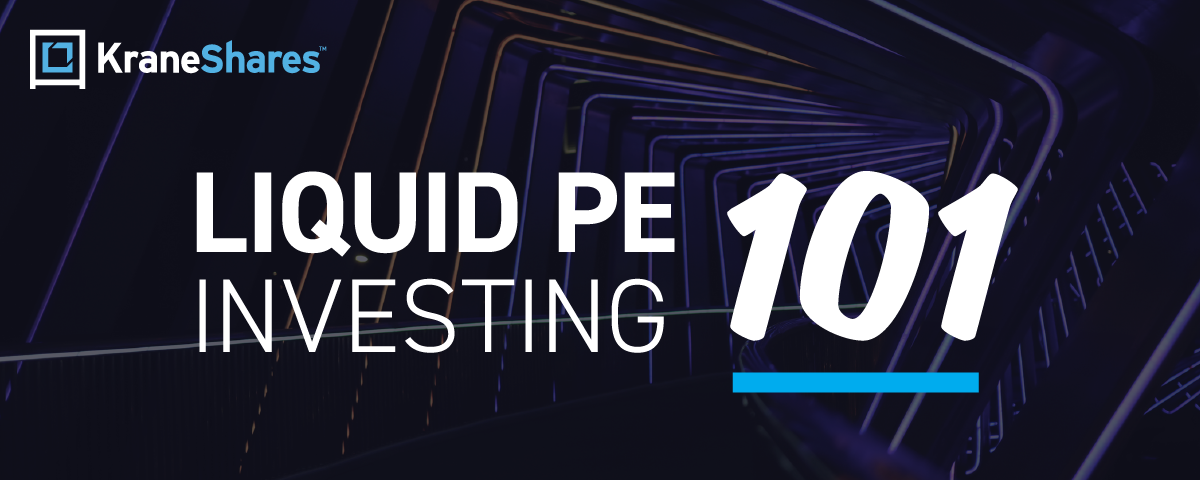Regulatory reversal?
The US Securities and Exchange Commission’s agenda already appears to have undergone a 180-degree turn under outgoing Commission Chairman Gary Gensler. The regulator’s investor advisory committee, which includes industry representatives of both retail and institutional investors, met on 10 December to discuss ways of bringing retail investors into private funds. This is a discussion that may well be heard again once the administration changes next month, our colleagues at Private Funds CFO report (registration required).
Gensler came to office with a harsher view of the $30 trillion private fund industry than his predecessors, who had expanded the definition of accredited investors to open private funds to more ordinary people. The committee didn’t finalise any recommendations, though members agreed that retail investors should be protected from some of the risks of the industry. They deemed the question of whether they should be allowed to invest in alternative assets as a fait accompli.
Some panellists didn’t think there was much of a choice, citing, among other things, rapidly shrinking public markets. The panellists canvased several ideas. Melody Wang, a director at BlackRock, said the US might learn from Europe, which in 2015 launched its European Long-Term Investment Funds, with assets approaching $100 billion. Rajib Chanda, head of the registered funds practice at Simpson Thacher, similarly suggested the SEC could help by granting exemptive relief for a wrap-style fund bringing retail investments into private companies.
If fund advocates are hoping for regulatory relief in the next administration, they may well be cheered by the opening remarks of one of the Commission’s two Republican commissioners. “For too long, misguided efforts to shield retail investors from risk have prevented them from directly accessing private market opportunities,” Hester Peirce said. “Exploring how retail investors can gain diversified exposure to alternative assets with professional advice through existing products, like ETFs, interval funds, BDCs, and closed-end funds is a worthy topic for the IAC.”
The 70% club
Last week, Side Letter introduced a semi-regular series looking at funds that have called at least 70 percent of their committed capital – a significant milestone in the fundraising cycle.
Lightspeed Global Opportunity Fund II is the latest entrant to the club. The 2021-vintage vehicle, which closed on $2.36 billion in 2022, had called 73 percent of its capital as of 30 June, according to data from the California Public Employees’ Retirement System. The vehicle had so far generated a 9.30 percent IRR and 1.09x TVPI.
LGOF II was described in 2022 as a platform to back breakout companies from across all of the global territories where Lightspeed operates, including China, India, Israel, Europe and Southeast Asia. Its deployment milestone could suggest the firm will return with a third iteration of this series in the near future. According to PEI data, the firm is in market with a fund named Lightspeed Opportunity Fund III. It’s unclear whether this belongs to the same fund family.
Keen to know more? Explore Lightspeed’s profile on PEI‘s database.
Lightspeed did not respond to a request for comment.
Essentials
Trials for VC
A venture capital fundraising pinch appears to be disproportionately impacting women-led funds. According to our colleagues at Venture Capital Journal, such vehicles have experienced a greater drop in year-on-year fundraising than the rest of the asset class (registration required). As of 30 November, this cohort had raised $2.54 billion, down from $3.43 billion in full-year 2023 and $3.25 billion in 2022, representing a 25 percent decline. VC fundraising as a whole was down 13 percent year-on-year in the first three quarters of 2024.
It’s a surprising departure from figures seen earlier this year: at the start of H2, VCJ reported that women-led VC funds had raised $1.44 billion, more than double the $700 million raised in the first five months of the year and putting them on track to hit $3 billion by year end. While it’s unclear if that target can still be hit, VCJ does note that a number of funds it is tracking have a history of submitting updated filings in December.
The female-led firms in market include Magnetic Ventures, which last submitted a filing for its sophomore fund in December 2023, having raised $14.1 million against a $100 million target; Rubik Ventures, which launched its debut fund in December 2022 with a target of $20 million; and Vree Ventures, which launched its debut fund in December 2023 with an undisclosed target.
Dig deeper
LP meetings. It’s Monday, so here are some LP meetings to watch out for this week.
16 December
17 December
18 December
19 December
20 December




